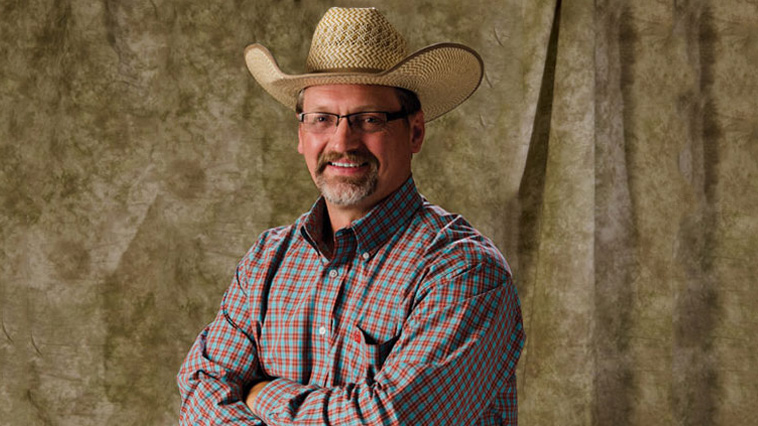


Doers, Not Tryers
By Billy Smith
A wise, age-weathered horse-and-mule trainer once laid some kindly knowledge on me: “A mule will never try to kick you.” My ears perked a bit—after all, I’d seen mules perfectly target their shots at shoers and veterinarians whom they saw as spreading misery their way, so I knew that some pearly country wisdom was headed my way.
“They will never try, ” he said with a wry grin, pouring as much of his West Texas molasses twang as he could on the final word.
To my way of ciphering the world, mules rate as the cats of the equine universe. They do what they want, when they want and if they want; they’re doers, not tryers. Pleasing humans is not in their cerebral vocabulary. Just because you have big ears doesn’t mean you hear, and obedience doesn’t always come from hearing.
Before mule lovers everywhere pounce, I know there are some great ones. I’ve ridden a reining mule that could drive his rump into the ground like an ancient iron plow. Still, mules are independent critters. The father of a professorial colleague of mine managed thousands of these for the Pakistani military, serving as both a colonel and a veterinarian for decades. He could authoritatively discuss the nuances of mules, donkeys and horses ad nauseum. He, too, agreed that mules are doers, not tryers.
Now that I walk languidly from a historic parking lot to APHA’s new headquarters—which once were horse-and-mule barns—I’ve thought a lot about mules and the somewhat destructive force they’ve played among my kin. My great-great grandpa, Jacque Campbell, drove teams of these independently minded equids delivering men and materials to work sites all over Texas, Arkansas, Oklahoma and parts about which I’m dreadfully uninformed. One such site was Overton, Texas, an afterthought of a community by today’s standards and even more remote in 1931.
Chances are good that some animals from my great-grandfather’s team were purchased in these Fort Worth Stockyards and where hundreds of thousands were sold between 1912 and 1950. History has a strange way of circling back. In this case, it backed up at a fateful rail intersection in Overton one summer day in 1931. It was called Standing Pine by the natives in the area, particularly the Choctaws with which my great-grandfather, and perhaps some of his Irish relatives before him, had established a kinship. The Choctaws named some Irish as official Choctaw citizens, and artists constructed the Kindred Spirits monument in Bailick Park, located in Middleton, County Cork, Ireland, to commemorate a cash gift the tribe made in the late 1840s to feed starving Irish. Let that soak in for a minute—it’s a fact about which most American’s are unfamiliar, but which comes into focus with the understanding that both Native American’s and Irish immigrants were vilified in similar measures during a stretch of U.S. history. As far as immigrants go, Irish were often personified as lazy drunks, prone to degradation.
Two railroads crossed in Overton, and Jacque moved his mule team across one of the intersections as he had done on many occasions. What happened next is something of part truths and family lore. Jacque and his team didn’t completely cross the track before a locomotive slammed into the wagon, sending Jacque and another man to their death along with an unknown number of mules.
“It was the worst day,” my grandmother would say.
She would use the same phrase to describe another date—two decades later—to communicate the anguish that boiled over when her first child died in a fire that consumed their itinerant oilfield tent in far West Texas. I was an adult before I came to understand that two disparate tragedies can project equal torture. My grandmother was entitled to call both days “the worst.” She, too, was a doer, not a tryer.